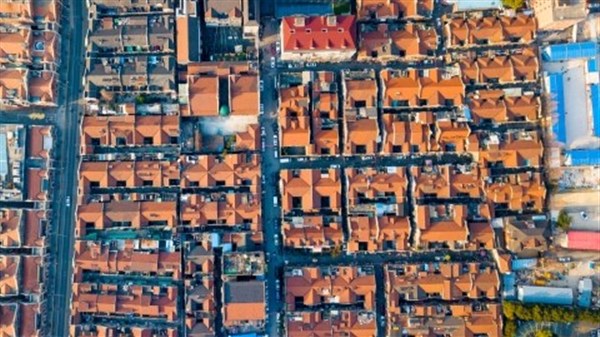今日上海
百年张园静待新生 - 2019年04月11日
Documentary efforts aid Zhangyuan restoration

In the Zhangyuan area of Jing'an District, every historic building, antique fireplace and wooden staircase has been cataloged with information about its age, history and condition as part of efforts to restore and preserve the community.
Bounded by Weihai Road to the south and Wujiang Road to the north, Zhangyuan is one of the city’s best-preserved historical communities.
The community dates back to 1872 when a British merchant bought the area to build garden villas. Chinese entrepreneur Zhang Shuhe took over the property in 1882 and turned it into a public gathering place. It was here that the city's first electric light bulbs glowed amid some of Shanghai's first public entertainment venues.
After the site's popularity waned, it was turned into private residences in 1919. The residences were later partitioned into smaller spaces occupied by multiple families, which led to squalid living conditions.
To accommodate a makeover, local relocation started on February 22. To date, nearly 1,100 families, or more than 90 percent of its residents, have moved out the area's century-old buildings. Many of these aging buildings have shared kitchens and toilets, cracked walls and leaky ceilings.
However, 174 historical buildings will be preserved and restored. To ensure their safety during renovation, local authorities have made files on every structure, some of which have up to 500 pages.
One of the most iconic buildings in Zhangyuan, No.77 in Lane 590 on Weihai Road, was known by locals as “the building with the green dome.”
A notice posted on the building's wall states that it was designed in 1921 by British architects and owned by a banker named Wang Junchen. It also says that the three-floored wood-and-brick structure was built as a garden villa featuring Baroque and traditional Chinese elements.
The document further states that the building's decor and fixtures would get special attention during the restoration process.
Zhangyuan is a living museum representing cultural and social diversity, and showcasing a mixture of different architectural forms, from shikumen buildings to garden villas. Western elements like Art Deco-style lines and traditional Chinese interior layouts can be seen in a single house, according to Shi Yunlun, an executive with Jing’an Real Estate Group which is responsible for the restoration.
Next, the group will build an online data platform where basic information, original drawings and restoration plans, among other information, can be reviewed. The district will also invite the world’s top designers to help give Zhangyuan a new lease on life.
Currently, Zhangyuan is closed to the public. Security guards are mobilized to patrol the area and residents are required to carry permits to enter. Some 80 monitoring cameras have been installed to capture any damage to the historic buildings, Shi said.
